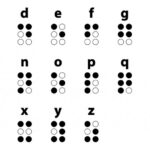Learning how to play chess can be an incredibly rewarding experience, opening up a world of strategic thinking, problem-solving, and intellectual stimulation. At LEARNS.EDU.VN, we believe everyone can learn to play chess, regardless of age or background, and provide resources that make chess accessible and enjoyable. Discover how to master the chessboard and strategize like a grandmaster; sharpen your mind, enhance your problem-solving skills, and join a global community of chess enthusiasts by mastering chess fundamentals and advanced strategies.
1. Setting Up the Chessboard Correctly
The first step in learning chess is understanding how to set up the chessboard. The chessboard should be arranged so that each player has a white (or light-colored) square in the bottom right-hand corner. This seemingly small detail is crucial for ensuring the pieces are positioned correctly.
Here’s how to arrange the chess pieces:
- Pawns: The second row (or rank) from each player’s side is filled with pawns.
- Rooks: The rooks are placed in the corners of the board.
- Knights: The knights are positioned next to the rooks.
- Bishops: The bishops are placed next to the knights.
- Queen: The queen always goes on her own matching color (white queen on a white square, black queen on a black square).
- King: The king occupies the remaining square.
Setting up the chessboard correctly every time will become second nature with practice. Mastering this initial setup ensures a fair and accurate game.
2. Understanding How Chess Pieces Move
Each of the six different types of chess pieces moves in a unique way. It’s essential to learn these movements to play chess effectively. Pieces cannot move through other pieces (except for the knight, which can jump over them), and they cannot move onto a square occupied by one of their own pieces. They can, however, capture an opponent’s piece by moving to its square.
2.1. The King’s Movement: Strategic Importance
The king is the most important piece, but it’s also one of the weakest in terms of movement. The king can move only one square in any direction: horizontally, vertically, or diagonally.
A critical rule is that the king may never move into “check,” which is a position where it could be captured by an opponent’s piece. When the king is under attack, it’s called being in check, requiring immediate action to protect the king.
2.2. The Queen’s Movement: Unmatched Versatility
The queen is the most powerful piece on the chessboard. It can move any number of squares in a straight line, either horizontally, vertically, or diagonally, as long as it doesn’t move through any of its own pieces.
The queen’s ability to control multiple squares makes it invaluable for both attack and defense. Understanding how to utilize the queen effectively can significantly enhance your gameplay.
2.3. The Rook’s Movement: Straightforward and Strong
The rook can move any number of squares horizontally or vertically. Rooks are particularly effective when they work together, protecting each other and controlling key files and ranks on the board.
Rooks gain power as the game progresses and the board opens up, making them crucial for end-game strategies.
2.4. The Bishop’s Movement: Diagonal Dominance
The bishop can move any number of squares diagonally. Each bishop starts on either a light or dark square and must remain on that color throughout the game.
Bishops are most effective in open positions where they can control long diagonals, supporting attacks and defending key squares.
2.5. The Knight’s Movement: The Unpredictable Jumper
The knight is unique because it moves in an “L” shape: two squares in one direction (horizontally or vertically) and then one square at a 90-degree angle. Knights are the only pieces that can jump over other pieces.
This unique movement allows knights to reach squares that other pieces cannot, making them particularly effective in closed positions and for forking multiple pieces simultaneously.
2.6. The Pawn’s Movement: Small Steps, Big Impact
Pawns move forward one square at a time, except for their first move, where they have the option to move forward two squares. Pawns capture pieces diagonally, one square in front of them. They cannot move or capture backward.
Pawns may seem weak, but they are crucial for controlling the center of the board and supporting piece development. Additionally, pawns have the special ability to promote to another piece (queen, rook, bishop, or knight) when they reach the opposite side of the board.
3. Special Rules of Chess: Enhancing Gameplay
Chess has a few special rules that add complexity and strategic depth to the game, making it more intriguing and enjoyable.
3.1. Pawn Promotion: Transforming Potential into Power
When a pawn reaches the opposite side of the board, it can be promoted to any other chess piece (except a king or pawn). This means a pawn can become a queen, rook, bishop, or knight.
Pawn promotion is a powerful tool that can dramatically alter the course of a game, often leading to decisive advantages.
3.2. En Passant: The “In Passing” Capture
“En passant” is a French term meaning “in passing.” This special rule applies when a pawn moves two squares forward on its first move and lands beside an opponent’s pawn. The opponent’s pawn has the option to capture the first pawn as if it had moved only one square forward.
This capture must be made immediately on the next move; otherwise, the option is lost. En passant adds a tactical element to pawn play and requires careful calculation.
3.3. Castling: Fortifying the King and Activating the Rook
Castling is a special move that allows a player to move their king two squares towards one of their rooks and then place the rook on the other side of the king.
Castling serves two primary purposes: it helps move the king to a safer position away from the center of the board, and it brings the rook into play. However, castling is only permissible if the following conditions are met:
- The king and rook involved must not have moved previously in the game.
- There must be no pieces between the king and the rook.
- The king cannot be in check, pass through a square that is under attack, or end up in check.
Castling is a crucial strategic maneuver that can significantly improve a player’s position.
4. Determining the First Move in Chess
In chess, the player with the white pieces always moves first. The choice of who plays white is usually determined by chance, such as flipping a coin or guessing which hand holds a hidden pawn.
The first move can provide a slight advantage, allowing the white player to initiate the attack and set the tone for the game. However, both sides have equal opportunities to develop their pieces and strategies effectively.
5. Reviewing the Rules of Winning a Chess Game
There are several ways a chess game can end, each with its own distinct outcome.
5.1. Checkmate: The Ultimate Goal
The primary goal of chess is to checkmate the opponent’s king. Checkmate occurs when the king is in check (under attack) and there is no legal move to remove it from attack.
There are three ways a king can escape check:
- Move to a safe square where it is not under attack.
- Block the attack with another piece.
- Capture the attacking piece.
If none of these options are available, the king is checkmated, and the game is over.
5.2. Draw: When No One Wins
A chess game can end in a draw under several circumstances:
- Agreement: Both players agree to a draw.
- Stalemate: A player whose turn it is to move has no legal moves, and their king is not in check.
- Insufficient Material: Neither player has enough pieces to force a checkmate (e.g., a king and a bishop versus a king).
- Threefold Repetition: The same position occurs three times in the game with the same player to move.
- Fifty-Move Rule: Fifty consecutive moves have been played by each player without a pawn move or a piece capture.
Understanding the conditions that lead to a draw is important for strategic decision-making.
5.3. Resignation: Conceding Defeat
A player can resign at any point during the game if they believe their position is hopeless. Resignation is a sign of sportsmanship and acknowledges the opponent’s superior position.
5.4. Forfeit on Time: The Clock is Ticking
In timed games, if a player runs out of time, they lose the game, unless their opponent does not have sufficient material to checkmate, in which case the game is drawn.
6. Fundamental Chess Strategies: A Foundation for Success
To improve your chess skills, it’s important to learn and apply basic chess strategies. These strategies will help you make better decisions and develop stronger positions.
6.1. Protecting the King: A Paramount Concern
Ensuring the safety of your king is a fundamental principle of chess. The king is vulnerable in the center of the board, so it’s generally advisable to move it to a corner, typically by castling.
Castling should be done as early as possible to improve the king’s safety and bring the rook into play. Remember, checkmate is inevitable if your king is not protected.
6.2. Avoiding Unnecessary Piece Loss: Material Value
Each chess piece has a relative value, and it’s crucial to avoid giving pieces away without adequate compensation. The relative values of the pieces are:
| Piece | Value |
|---|---|
| Pawn | 1 |
| Knight | 3 |
| Bishop | 3 |
| Rook | 5 |
| Queen | 9 |
| King | Infinite |

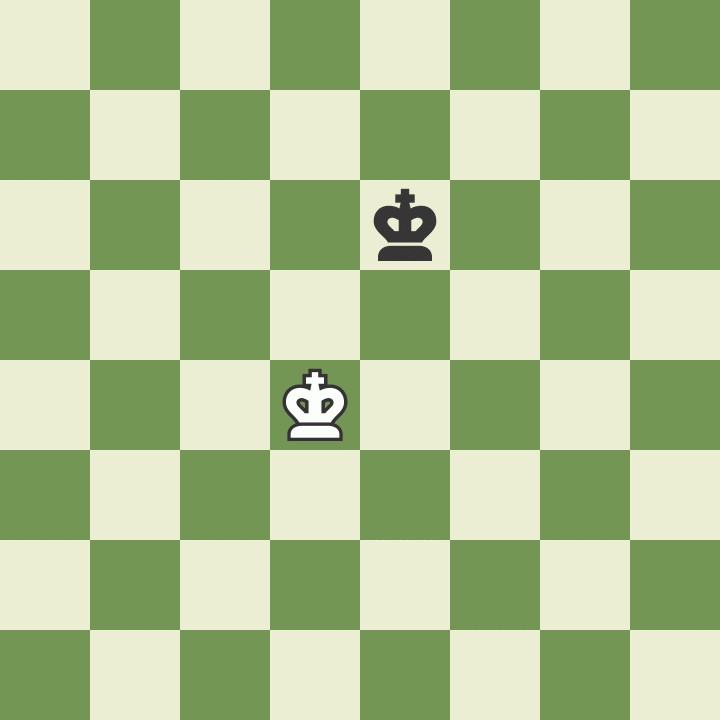
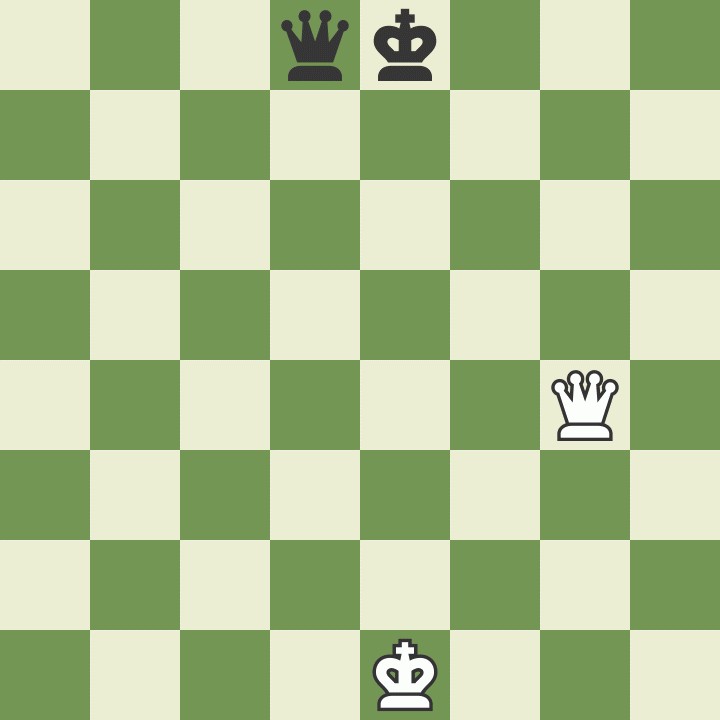
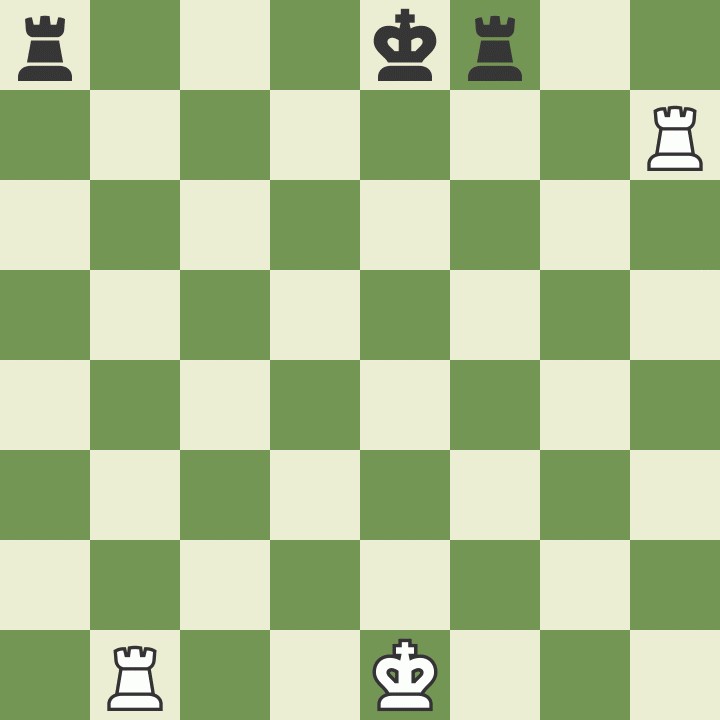
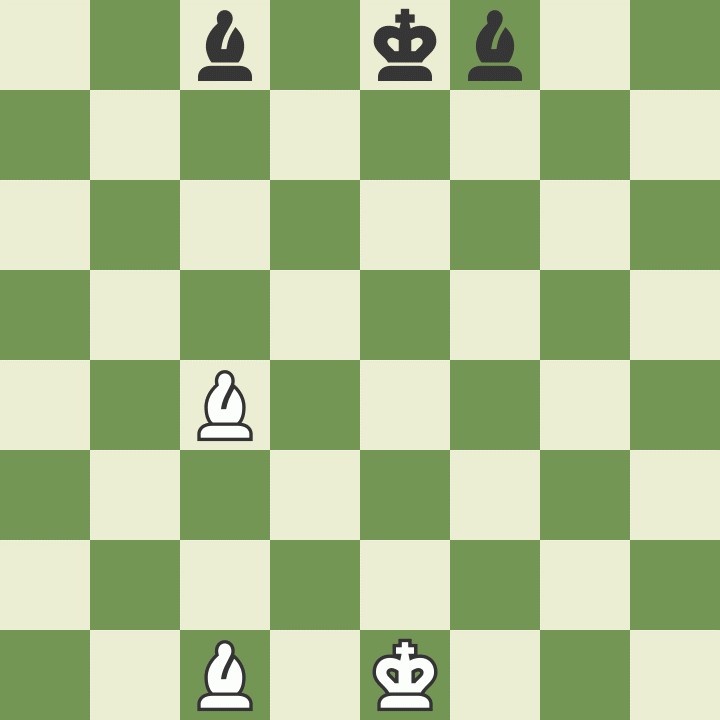
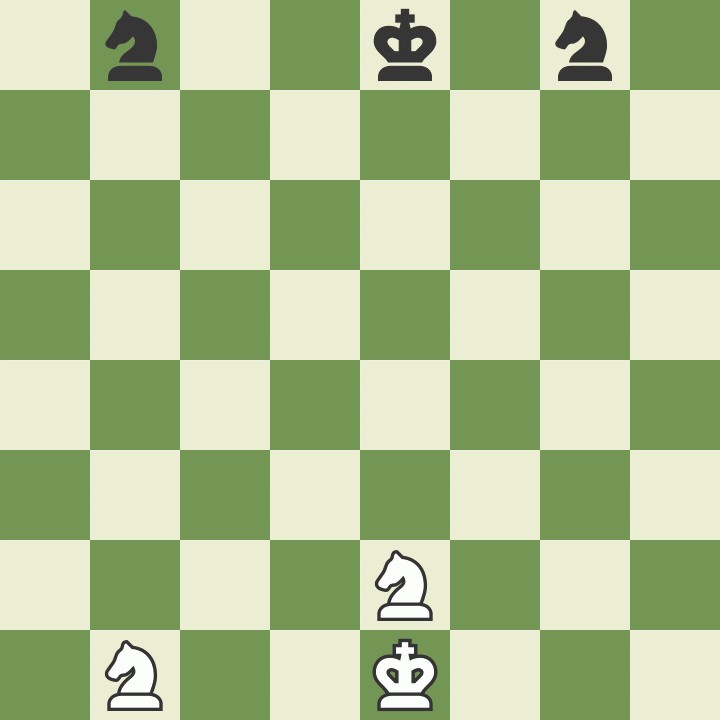
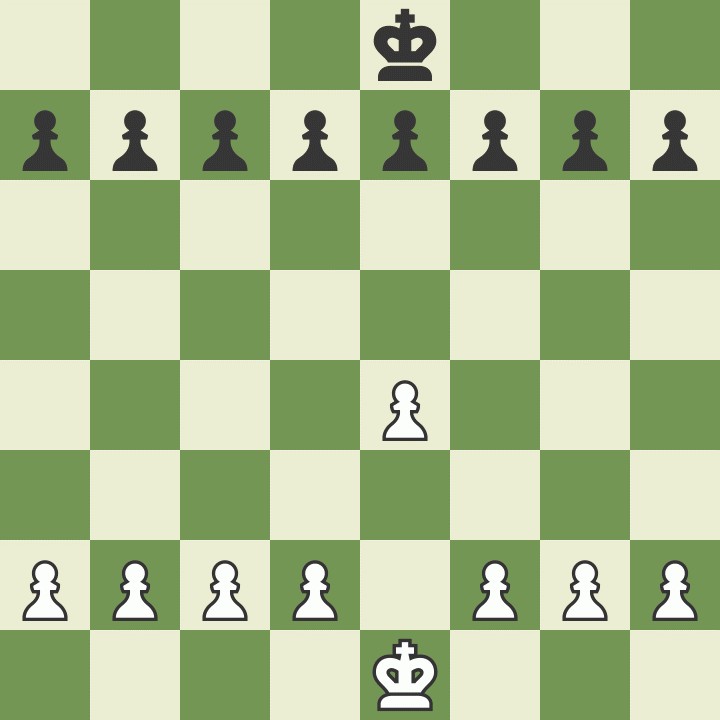
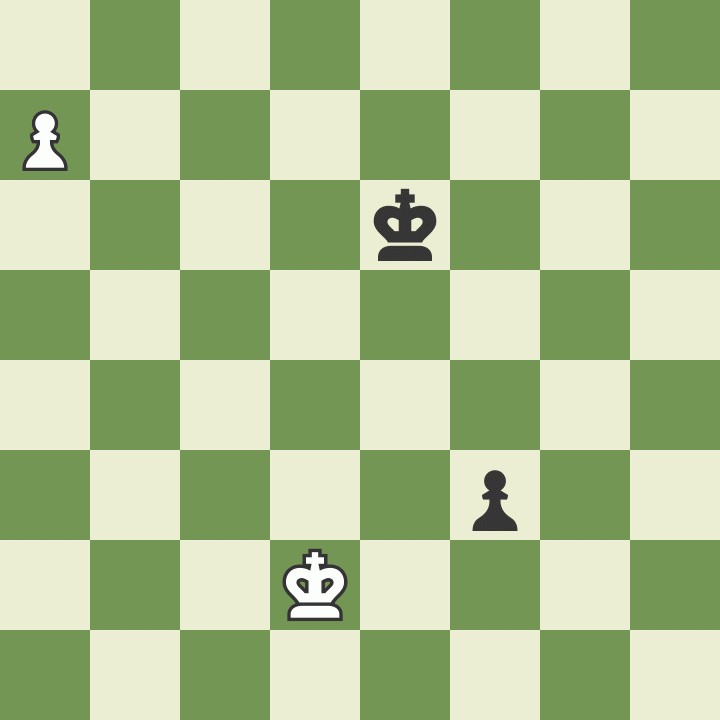

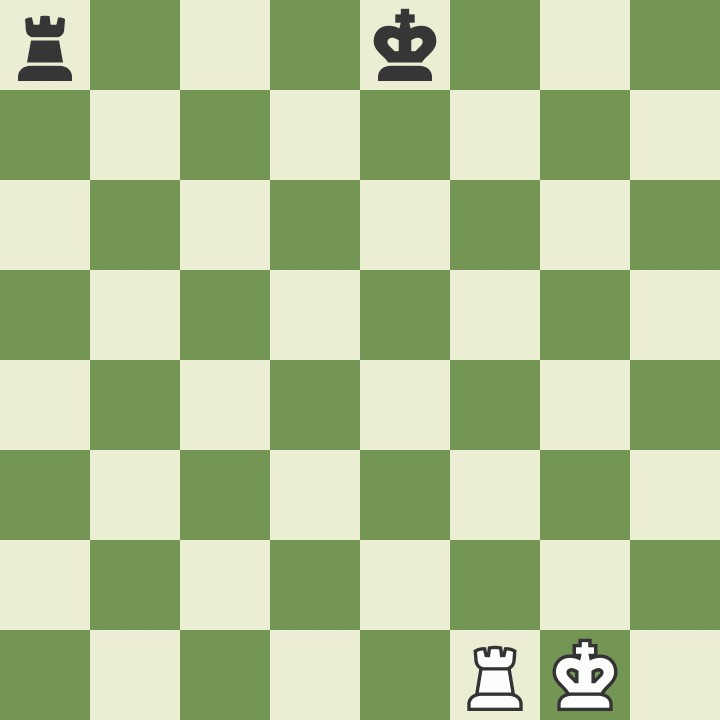
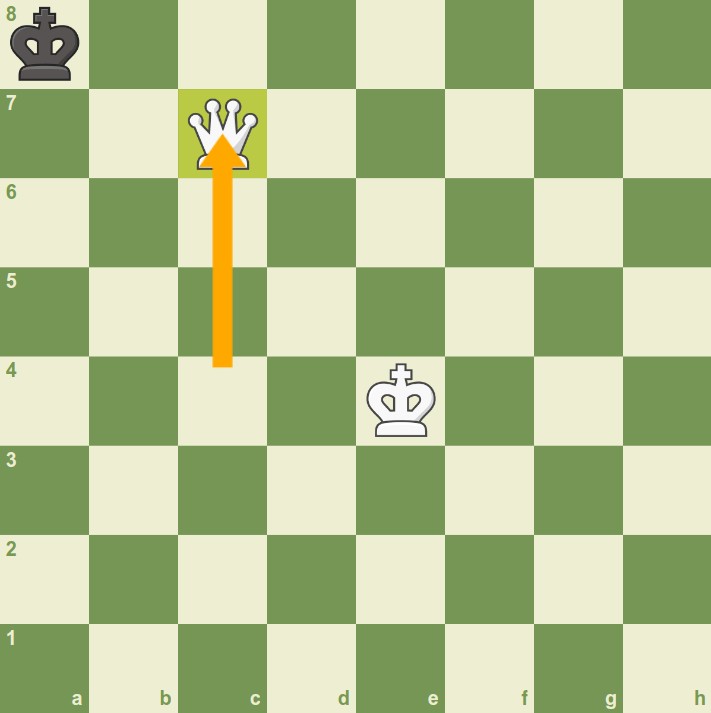
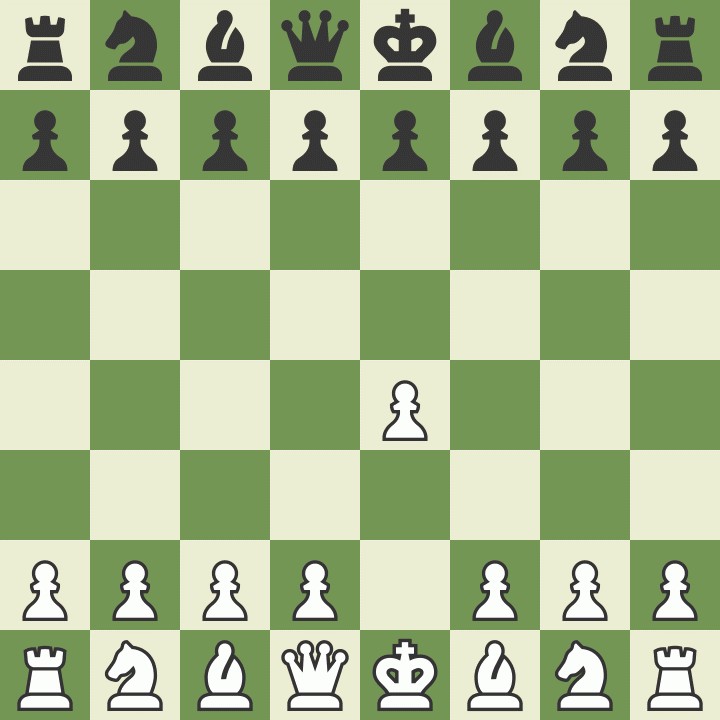

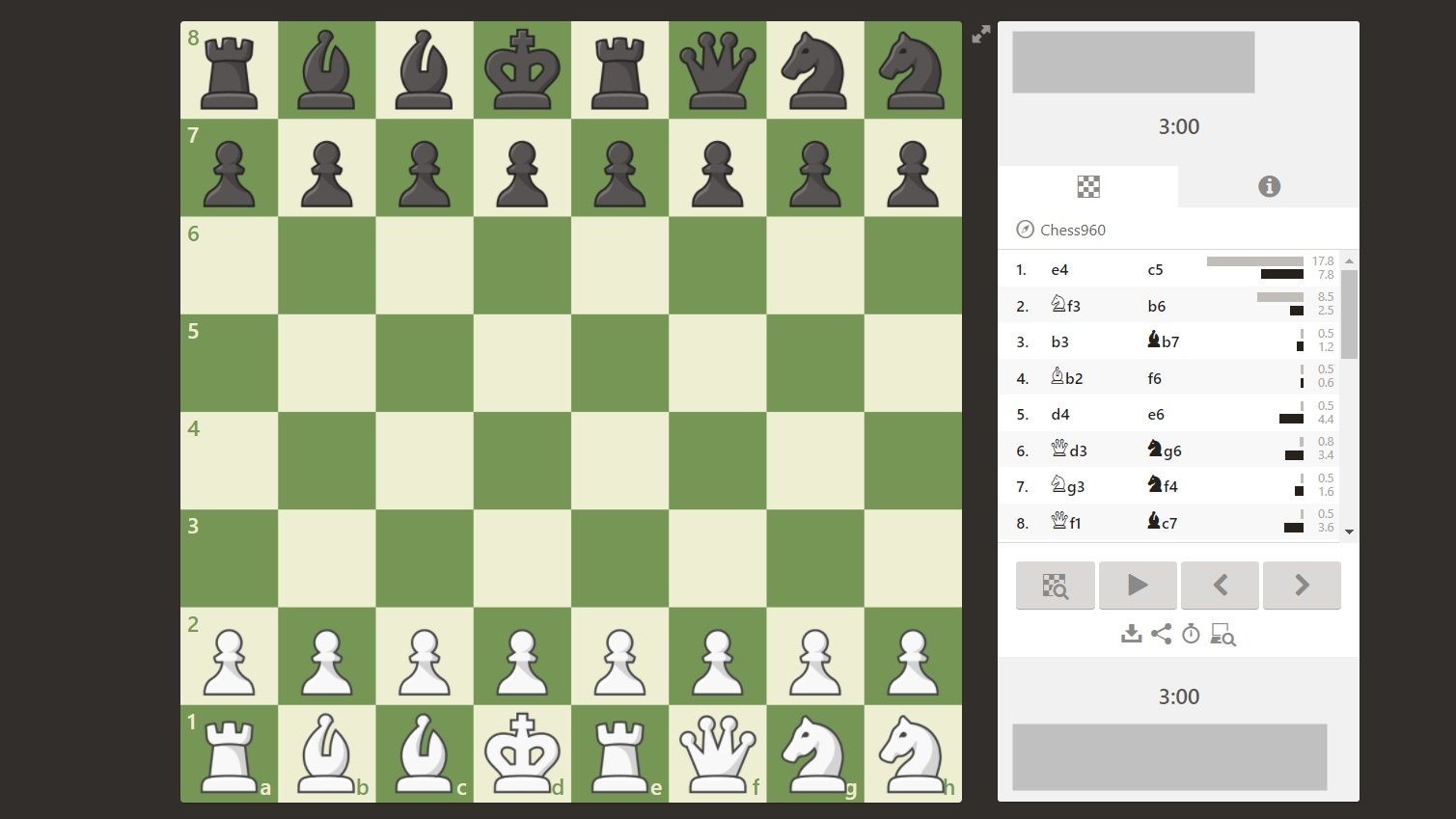

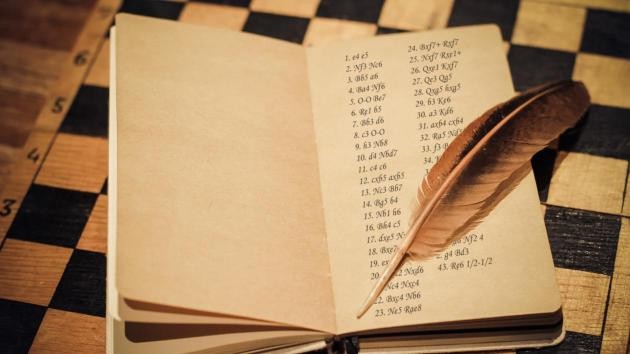
These values help you make informed decisions about capturing, exchanging, and developing your pieces.
6.3. Controlling the Center: Strategic Advantage
Controlling the center of the chessboard is a key strategic goal. Pieces and pawns that control the center have greater mobility and can influence a larger area of the board.
Controlling the center makes it harder for your opponent to find good squares for their pieces and gives you more room to maneuver.
6.4. Utilizing All Pieces: Harmonious Development
Effective chess play involves developing all your pieces, not just a select few. Pieces that remain on the back rank are not contributing to the game.
Try to bring all your pieces into play to create a coordinated attack and defense. Attacking with only one or two pieces is unlikely to succeed against a competent opponent.
7. Practical Application: Playing Chess Games
The best way to improve your chess skills is to play frequently. Whether you play at home with friends or family, or online, consistent practice is essential for developing your strategic thinking and tactical abilities.
7.1. Exploring Chess Variants: Adding Variety
While standard chess is the most common form of the game, there are several chess variants that offer unique challenges and experiences.
- Chess960 (Fischer Random): The initial position of the pieces is randomized, creating 960 possible starting positions.
- King of the Hill: The goal is to move your king to the center of the board.
- Bughouse: Played in teams of two, captured pieces are given to your teammate, who can then place them on their board.
- Crazyhouse: Similar to Bughouse, but you can use the pieces you capture from your opponent on your own board.
- 3-Check: The first player to check the opponent’s king three times wins.
7.2. Understanding Chess960: A Fresh Perspective
Chess960, also known as Fischer Random Chess, follows the same rules as standard chess but with a randomized starting position for the pieces on the back rank.
Castling is performed similarly to standard chess, with the king and rook ending up on their normal castled squares. Chess960 provides a refreshing twist on the classic game and encourages creativity in the opening.
7.3. Adhering to Tournament Rules: Fair Play
Many chess tournaments follow a standardized set of rules to ensure fair play and consistency.
- Touch-Move: If you touch one of your pieces, you must move it if a legal move is available. If you touch an opponent’s piece, you must capture it if possible.
- Clocks and Timers: Tournaments use clocks to regulate the time each player has for the entire game. Players must press a button or lever after each move to start their opponent’s clock.
Familiarizing yourself with these rules can help you prepare for competitive chess.
8. Frequently Asked Questions About Chess (FAQs)
New chess players often have many questions about the game. Here are some of the most frequently asked questions:
8.1. How Can I Improve My Chess Skills?
Improving at chess involves a combination of learning the rules, studying strategies, and practicing regularly. Here are three key steps:
- Play Regularly: Consistent practice is crucial for improving your chess skills.
- Study Chess Lessons: Online chess lessons can provide structured instruction and help you learn new strategies and tactics. LEARNS.EDU.VN offers lessons suited for different levels.
- Enjoy the Game: Chess should be enjoyable. Don’t be discouraged by losses, but learn from them and continue to have fun.
8.2. What Is the Best First Move in Chess?
While there is no universally agreed-upon best first move, controlling the center of the board early is generally considered advantageous. Common opening moves include moving the central pawns forward two squares with either 1. d4 or 1. e4. Some players also prefer 1. c4 or 1. Nf3.
8.3. Which Color Moves First in Chess?
The player with the white pieces always moves first in chess.
8.4. Can a Pawn Move Backwards?
No, pawns cannot move backward. However, when a pawn reaches the opposite side of the board and is promoted to another piece, that piece can move backward according to its movement rules.
8.5. Can You Move More Than One Piece at a Time in Chess?
Generally, you can only move one piece at a time during your turn. The exception is castling, where you move both the king and the rook in a single move.
8.6. Which Is the Most Important Chess Piece?
The king is the most important chess piece because losing the king means losing the game. However, the queen is the most powerful and versatile piece.
8.7. When Was Chess Invented?
The origins of chess are believed to be in India around two thousand years ago, evolving from earlier chess-like games. The game as we know it today became popular in Europe in the 15th century.
8.8. What Was the Longest Game in Chess History?
The longest tournament chess game in terms of moves was Nikolić vs. Arsović, played in Belgrade, Serbia, in 1989.
8.9. What Is Chess Notation?
Chess notation is a system used to record chess games, allowing players to analyze and reproduce the moves.
Each square on the chessboard is identified by a coordinate (e.g., a1, b2), and each piece is represented by an initial (e.g., N for knight, B for bishop, Q for queen, R for rook, K for king).
8.10. What Is the Goal of Chess?
The goal of chess is to checkmate the opponent’s king. Checkmate occurs when the king is in a position to be captured (in check) and cannot escape from capture.
9. Unleash Your Chess Potential with LEARNS.EDU.VN
Ready to embark on your chess journey? LEARNS.EDU.VN provides a wealth of resources to help you learn and improve your chess skills. From detailed lessons and interactive exercises to expert guidance and a vibrant community, we offer everything you need to become a confident and skilled chess player.
At LEARNS.EDU.VN, we understand the challenges learners face and provide solutions tailored to their needs:
- Comprehensive Guides: Our articles offer detailed instructions and easy-to-understand explanations of various chess concepts.
- Effective Learning Methods: We share proven learning strategies to help you grasp the intricacies of chess.
- Simplified Concepts: We break down complex ideas into manageable segments, making learning more accessible.
- Clear Learning Paths: We provide structured learning paths for various chess skills to guide you through your learning journey.
- Useful Resources: We recommend valuable tools and resources to enhance your learning experience.
- Expert Insights: We connect you with experienced chess players and instructors to provide expert guidance.
Don’t let the complexities of chess intimidate you. With the right resources and guidance, you can unlock your chess potential and enjoy the many benefits this strategic game has to offer. Join LEARNS.EDU.VN today and start your journey to chess mastery!
For more information and to explore our courses, visit learns.edu.vn. You can also reach us at 123 Education Way, Learnville, CA 90210, United States, or contact us via WhatsApp at +1 555-555-1212.
